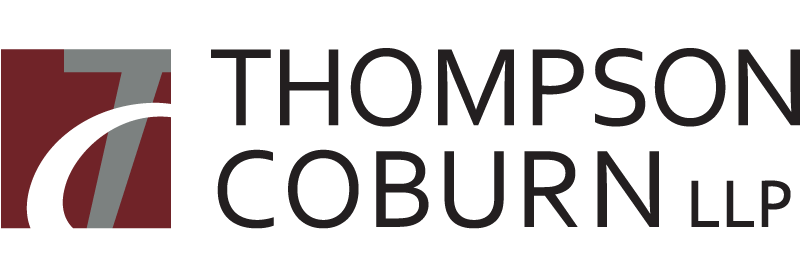If you were among the millions who watched the “Big Game,” you likely saw Intel’s brilliant display of synchronized drones during Lady Gaga’s halftime show. While these were purely for entertainment, early adopters of commercial unmanned aircraft systems (“sUAS” or “drones”) technology have realized that drones help them do their jobs more efficiently and effectively.
In the agriculture industry, drones have been used to improve operations, management and mapping; to monitor plant health and weather conditions; to manage pest control and treatment; and to conduct aerial safety and security inspections. In addition, employing this relatively low-cost technology enables users to invest the savings in other parts of their businesses.
What is 14 CFR Part 107?
On August 29, 2016, the Federal Aviation Administration (FAA) launched the next major development in the history of U.S. aviation: the integration of small, commercial sUAS into the national airspace system. In order to use drones for commercial purposes, companies must adhere to these new regulations — 14 CFR Part 107 — or risk a substantial civil penalty.
Under Part 107, sUAS pilots must meet the following rating requirements for obtaining a remote pilot-in command (PIC) certificate:
- Be at least 16 years of age;
- Read, write, speak and understand English;
- Be of sound physical/mental wellbeing;
- Undergo TSA security background check; and
- Pass recurring FAA aeronautical knowledge tests.
The selected aircraft must weigh less than 55 lbs., be registered with FAA if more than 0.55 lbs., and be labeled with an FAA “N” Registration Number. Companies must also follow strict operating rules:
- Conduct pre-flight inspection of sUAS;
- Keep aircraft in visual line of sight and yield to manned aircraft;
- Operate under 400 feet during daylight hours and generally in Class G airspace;
- Fly at or less than 100 mph;
- NOT operate over non-participating people or from a moving vehicle; and
- NOT operate more than one sUAS at a time, interfere with airports, or fly in a careless/reckless manner.
Before your company starts flying drones:
- Consult the related federal, state and local regulations;
- Establish policies, procedures and checklists, as well as safety procedures and notifications;.
- Review and understand the regulations and determine if you can operate under Part 107 or if you need to request a Section 333 waiver;
- Obtain insurance for operation/proof of insurance; and
- Conduct contract/liability/indemnification review.
Other considerations include determining which sUAS model is right for the job and whether you will establish in-house operations or use a third-party vendor. The use of drones as a form of entertainment in the halftime show is just another creative use for this increasingly popular technology. If you are interested in using or learning more about how drone technology can benefit your agricultural business, feel free to contact our drone practice at smcgowan@thompsoncoburn.com or 202 585 6976.




